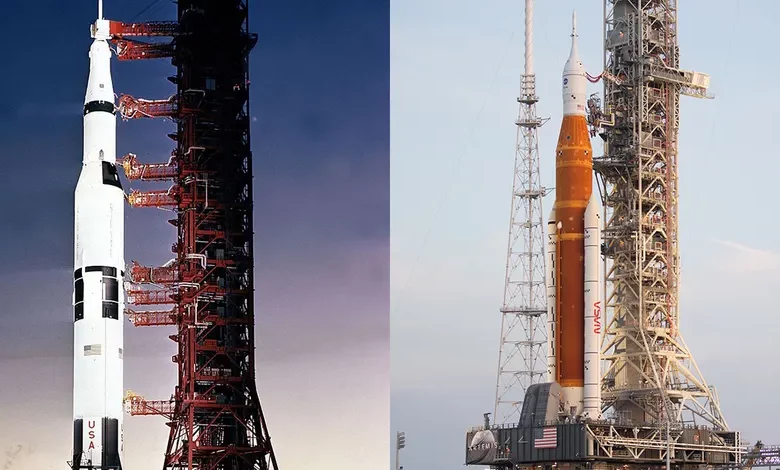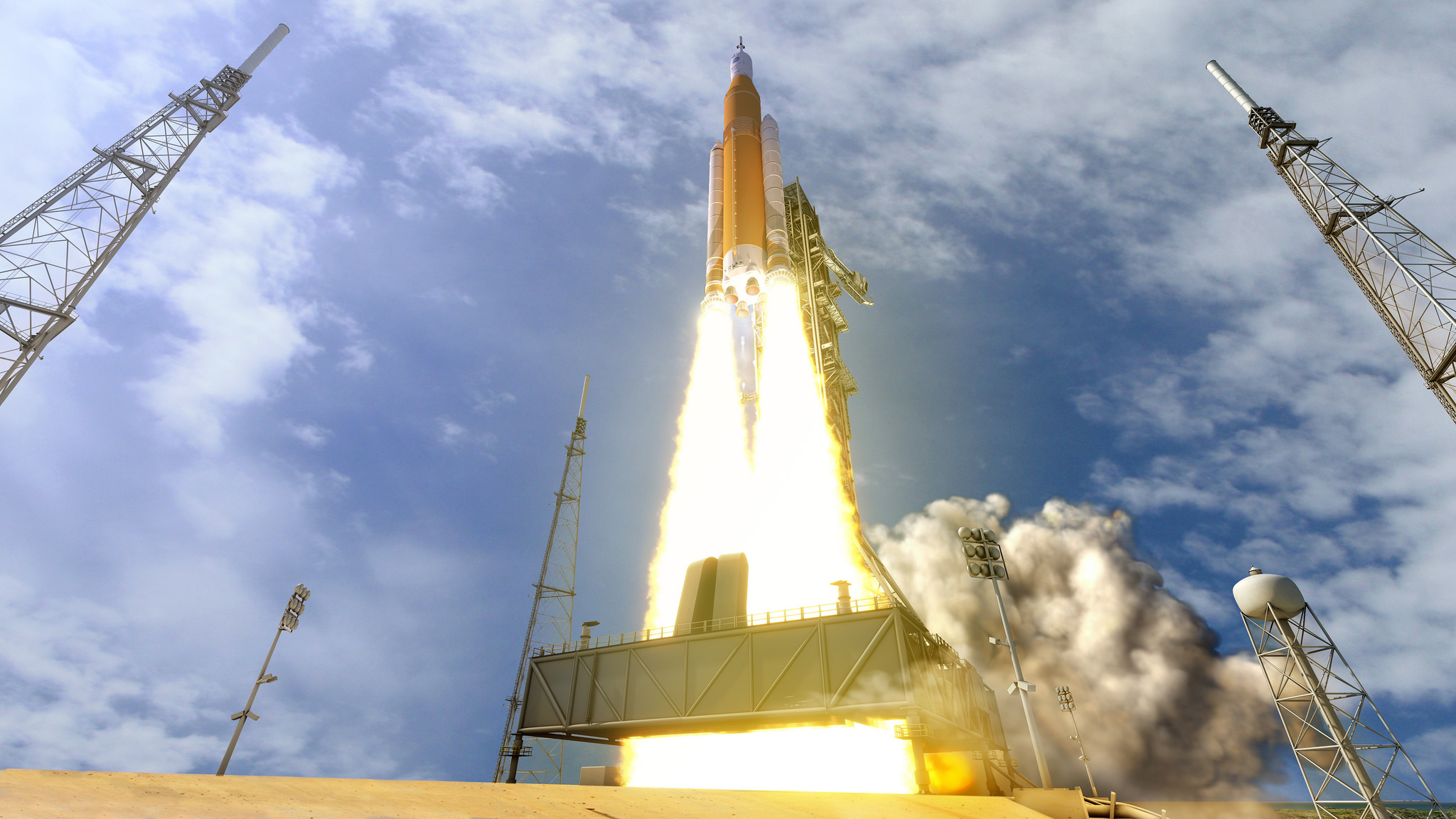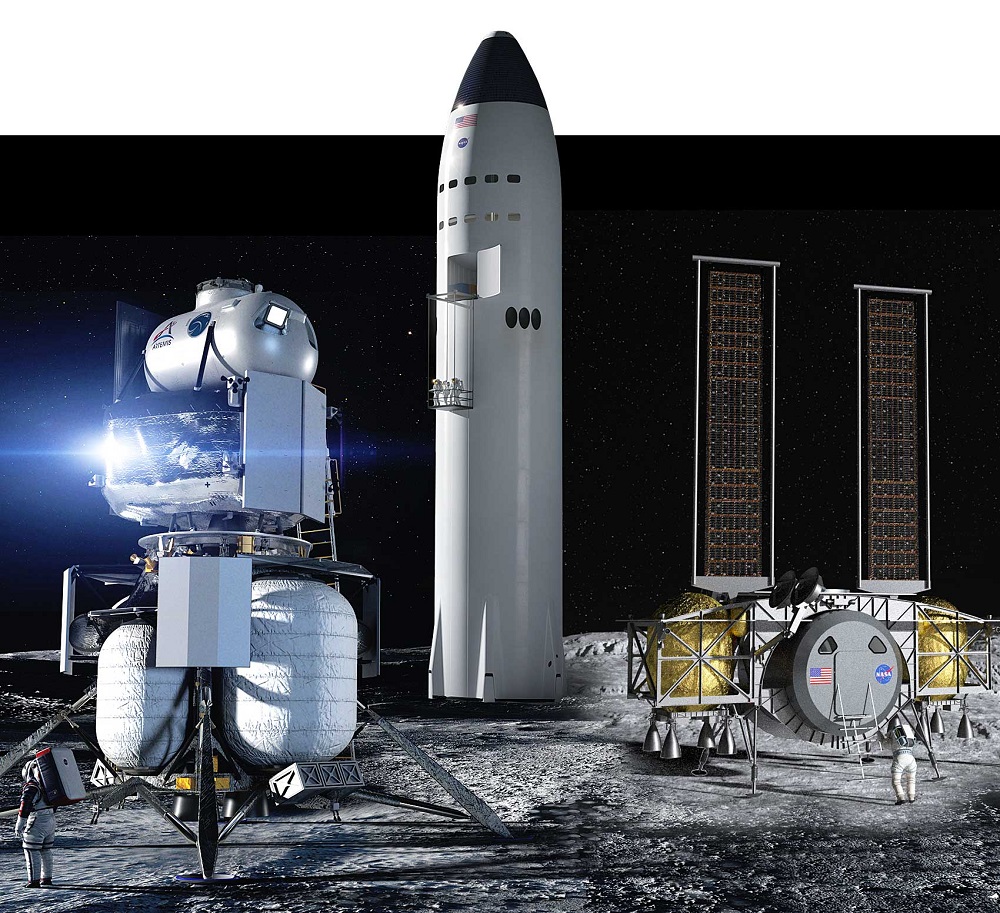NASA tests the new moon rocket 50 years after Apollo

NASA tests the new moon rocket 50 years after Apollo
It will be a high-stakes test flight before astronauts take to the moon next week before NASA’s new moon rocket launches years late and billions over budget. This will be NASA’s first moonshot attempt in 50 years, with a rocket that reaches 322 feet high (98 meters). Ideally, astronauts would land on the surface of the moon by 2025 if all goes well. The Kennedy Space Center will launch Monday morning.
There is a risk of something going wrong during the six-week test flight, according to NASA officials.
The system will be stressed and tested. NASA Administrator Bill Nelson told The Associated Press on Wednesday that they would make the spacecraft do things that they would never do with a crew on board.

George Washington University’s retired founder of its space policy institute says much depends on this trial run. A tough comeback might be difficult if costs spiral out of control and gaps between missions become longer, he noted.
Logsdon asked, “Will the United States have the will to push forward in the face of a major malfunction?” “It’s supposed to be the beginning of a sustained program of exploration of the moon, Mars, and beyond,” Logsdon replied.
Over $4 billion was spent on this single mission. It will cost $93 billion to land on the moon by 2025 when you add everything up since the program began a decade ago.
In honour of Apollo’s mythological twin sister, Artemis, here’s a summary of the first flight of Artemis.
ROCKET POWER
A half-century ago, 24 Apollo astronauts were sent to the moon aboard Saturn V rockets. However, it is stronger, with an 8.8 million pound (4 million kilograms) thrust. According to Nelson, a less cumbersome name is under consideration for the Space Launch System rocket.
It uses strap-on boosters redesigned from NASA’s space shuttles instead of the streamlined Saturn V. This is similar to the way shuttle boosters were removed after two minutes, but they will not be retrieved from the Atlantic for reuse. It will continue to fire until it separates and crashes into the Pacific. The Orion capsule will reach the moon two hours after liftoff thanks to an upper stage.

MOONSHIP
In honor of one of the brightest constellations in the night sky, NASA has named its high-tech, automated Orion capsule after it. It seats four astronauts instead of three, standing 11 feet (3 meters) tall. An orange flight suit-clad dummy will be rigged with accelerometers and vibration sensors for this test flight.
Two more mannequins will measure cosmic radiation, one of the biggest risks of spaceflight, using material resembling human tissue – heads and female torsos, but without legs. An Israeli protective vest is being tested on one torso. In contrast to the rocket, Orion has already orbited the Earth twice, in 2014. There will be four wings attached to the European Space Agency’s service module this time to provide propulsion and solar power.

FLIGHT PLAN
From Florida liftoff to Pacific splashdown, Orion will take six weeks to tax its systems, twice as long as astronaut trips. 240,000 miles (386,000 kilometers) separate the earth and the moon. A week after rocketing around the moon, the capsule will reach a distance of 38,000 miles (61,000 kilometers) before entering a distant orbit. The distance between Orion and Earth will be 280,000 miles (450,000 kilometers).
The biggest test comes when Orion splashes down in the Pacific, hitting the atmosphere at 25,000 mph (40,000 kph). During reentry, the heat shield withstands temperatures of 2,750 degrees Celsius using the same material as the Apollo capsules. A faster, hotter return from Mars is anticipated by the advanced design.
HITCHHIKERS
There are also several stowaways for deep space research aboard the flight. Upon Orion’s arrival at the moon, ten shoebox-size satellites will be launched. Since the launch was repeatedly delayed, the batteries for half of these CubeSats couldn’t be recharged. Because these mini-satellites are low-cost and high-risk, NASA expects some to fail. CubeSats measuring radiation should be fine. Solar sail demonstrations targeting asteroids are also on the agenda.
A 2011 salvaged bolt from one of Apollo 11’s rocket engines will be carried on Orion as a back-to-the-future salute. The next-to-last man to walk on the moon, Harrison Schmitt, won’t be attending the launch, says NASA, but three of his former colleagues will. Walter Cunningham, Tom Stafford, and Walter Cunningham are three of his former colleagues.

APOLLO VS. ARTEMIS
The Apollo program remains NASA’s greatest achievement more than 50 years after it was launched. By using 1960s technology, NASA landed Armstrong and Aldrin on the moon within eight years of launching Alan Shepard, its first astronaut. Although Artemis builds on the short-lived Constellation program, it has already dragged on for more than a decade.
Apollo astronauts spent no more than three days on the moon between 1969 and 1972. Currently, NASA has 42 astronauts on board for Artemis, and crews will spend a week on the moon.
It is intended to establish a long-term presence on the moon, thus making it easier to send people to Mars in the future. Nelson promises that once Orion is back on Earth, the first Artemis moon crew will be announced.

WHAT’S NEXT
Before astronauts return to the moon, there’s still a lot to be done. Perhaps as early as 2024, four astronauts will return from a second lunar test flight. Another four will be launched a year later, with two landing at the lunar south pole. The Artemis moon landing will be made by SpaceX’s Starship spacecraft since Orion is not equipped with a lunar lander like the Apollo spacecraft. Moonwalking suits are also being developed by two other private companies.
A pair of astronauts would be transported to the surface of the moon by the sci-fi-looking Starship, and then back to the capsule for the return trip. Thus far, Starship has reached a height of six miles (10 kilometers). After launching Starship around Earth with SpaceX’s Super Heavy Booster, Musk plans on landing on the moon without an astronaut. There’s one catch: Before visiting the moon, the starship needs to refuel at an Earth-orbiting fuel depot.
edited and proofread by nikita sharma




